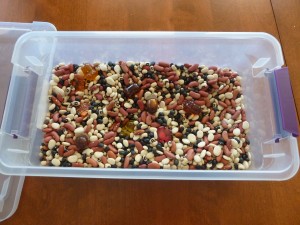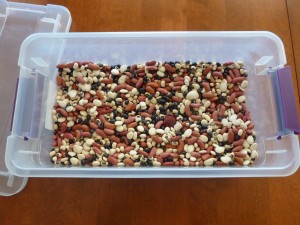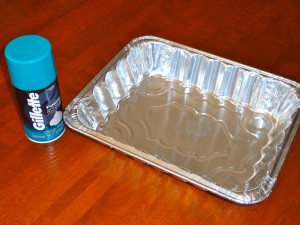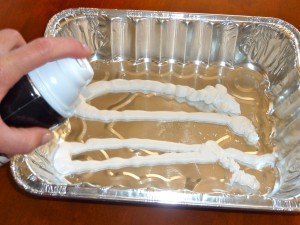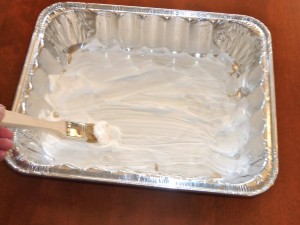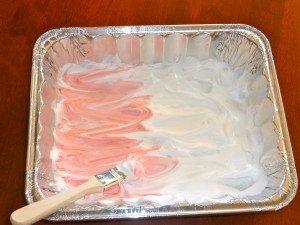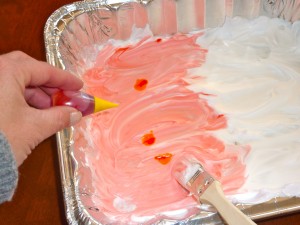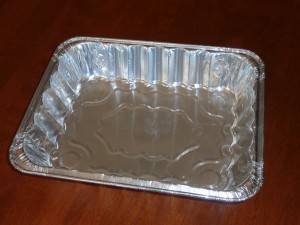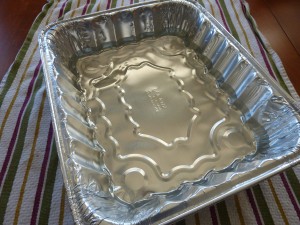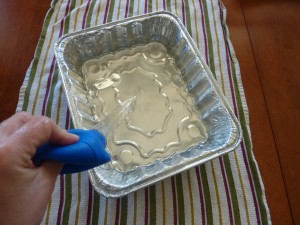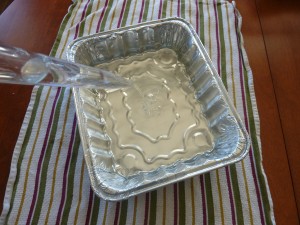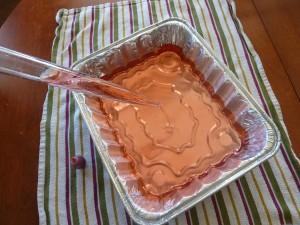Seasonal Sensory Bean Bin
If you walk into most preschool classrooms and/or occupational therapy rooms, chances are you will find something called a sensory bin. Â This is something that most children enjoy and if your child has sensory issues, is something that can be used to help get them more comfortable with different textures. Â I like to use this as an obstacle course station combining a sensory based activity (digging with hands into the beans) with thematic vocabulary, literacy or math skills to make it more purposeful. Â I find that with my son, he is more willing to engage in something if there is a purpose to it.
There are many different variations of the sensory bin. Â The one I am going to show you is very easy to make and when I put it together it just looked like something that belonged in an autumn themed obstacle course! Â Are you ready to dig in?





